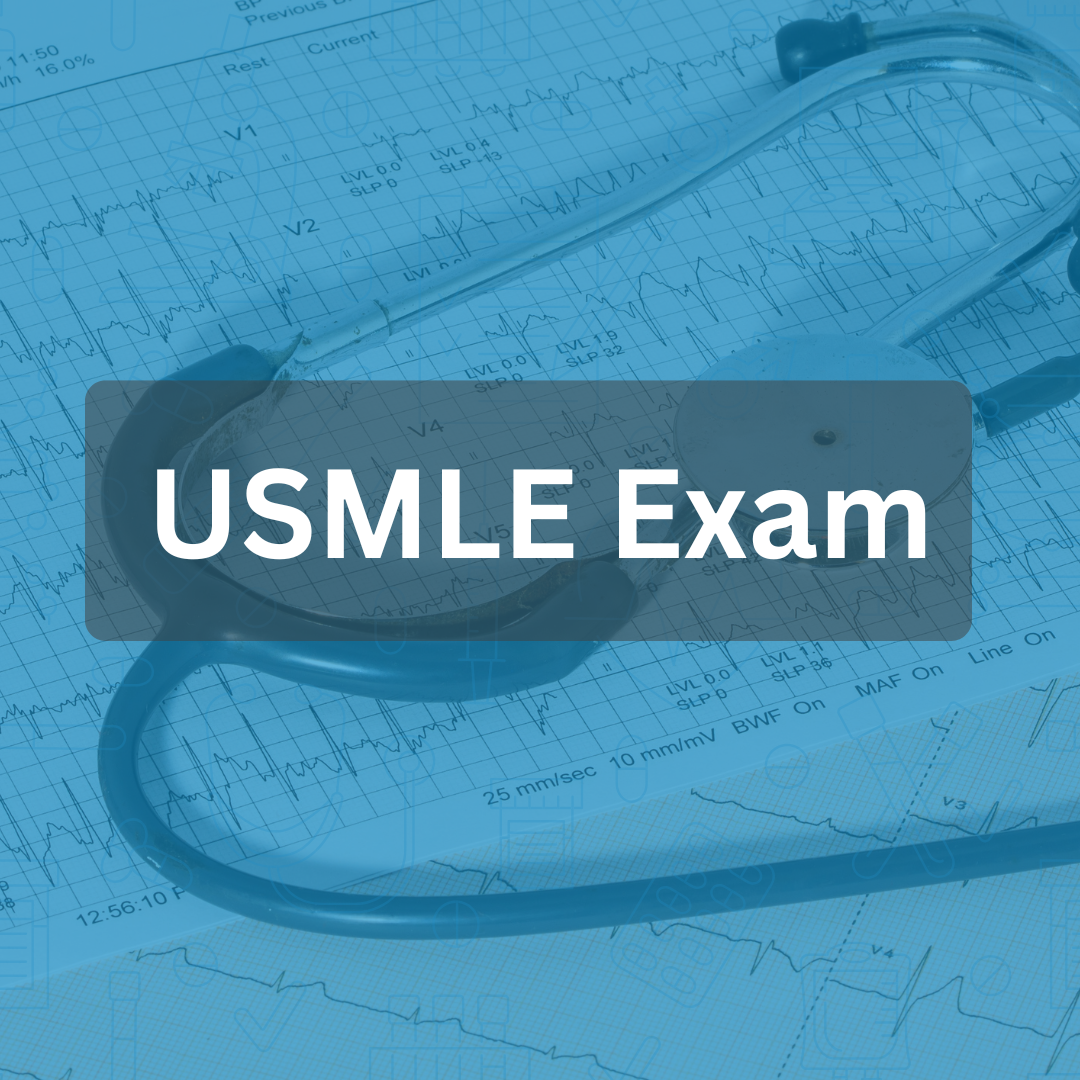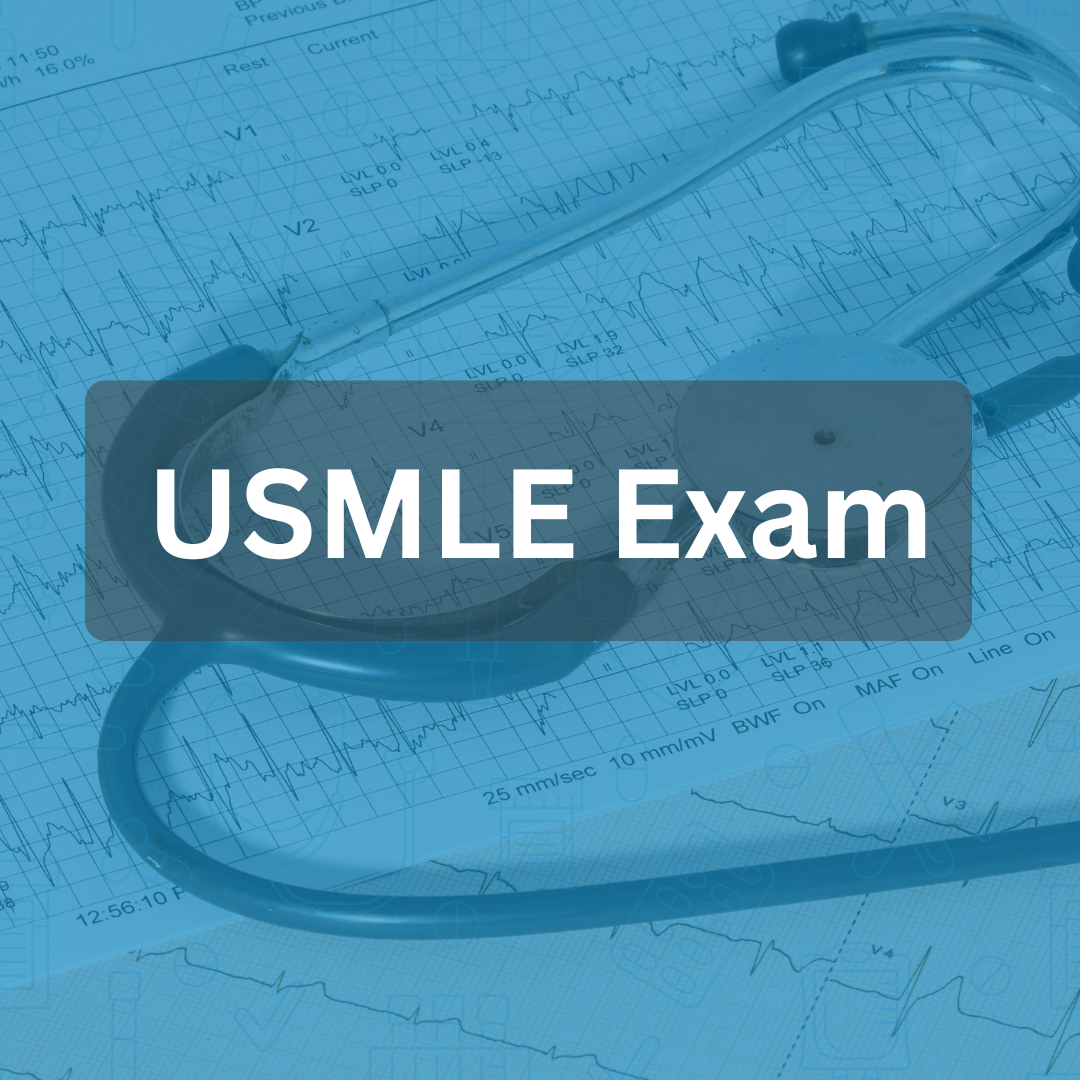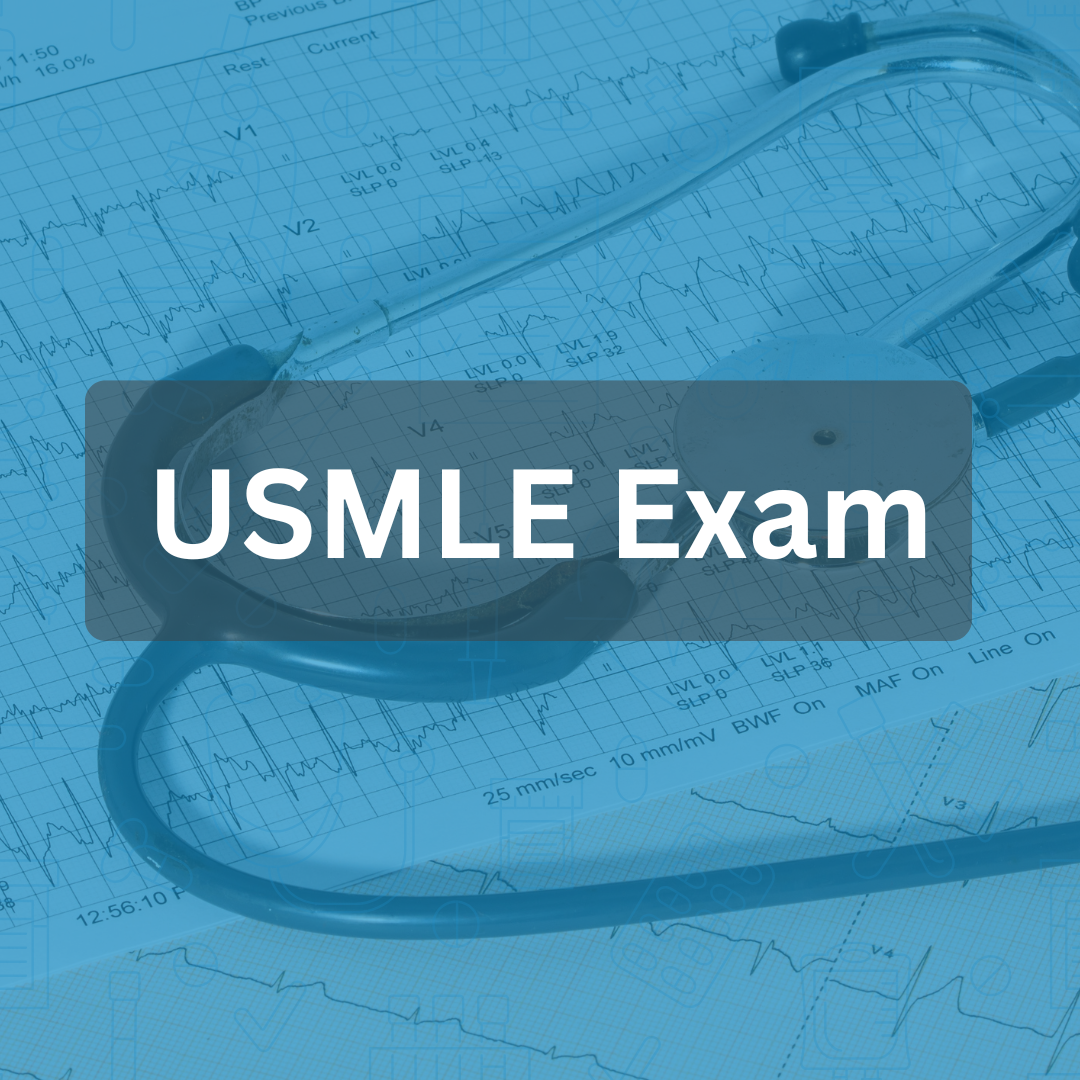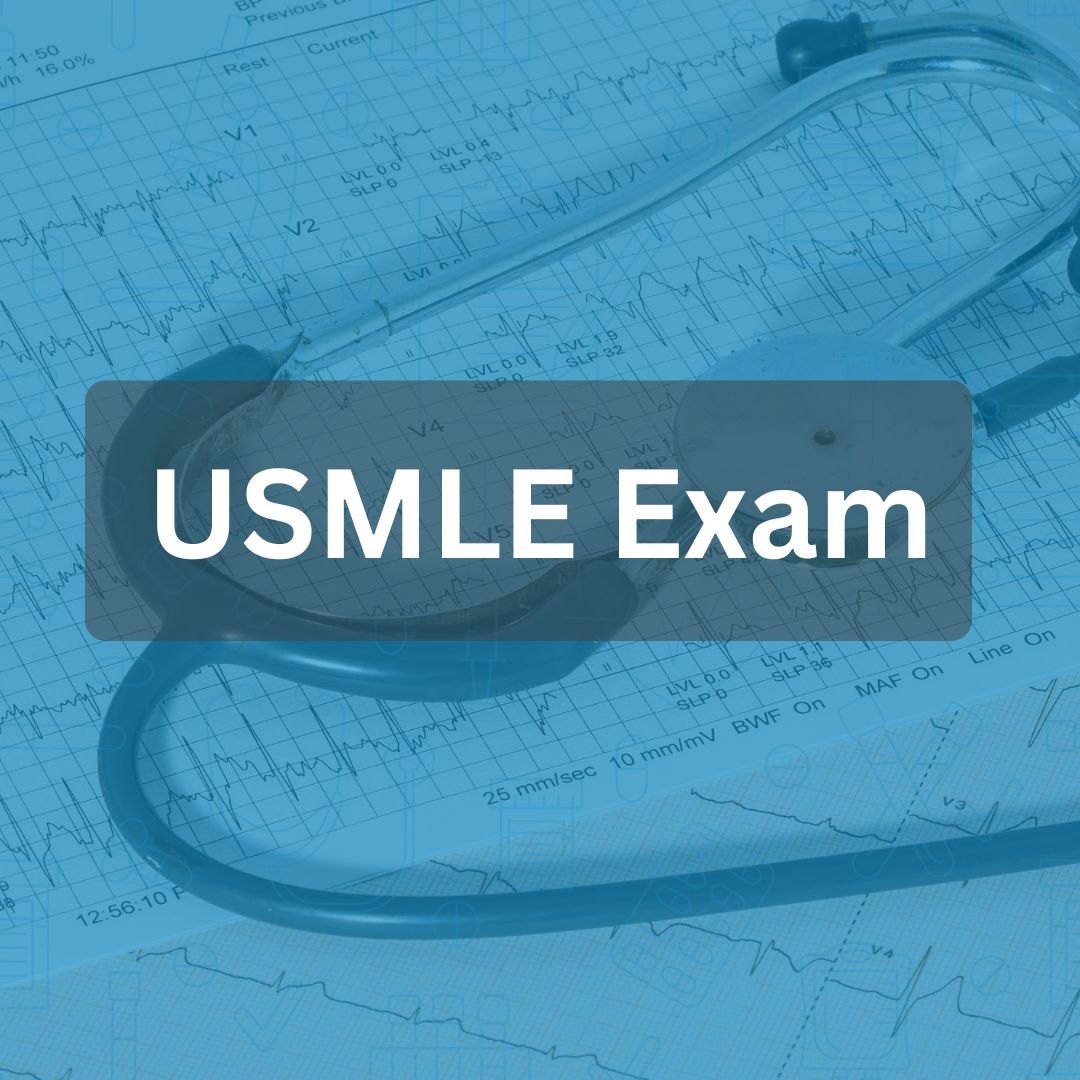The Ultimate Guide to Studying for USMLE Step 1
USMLE Step 1 is one of the most crucial exams for medical students aiming to practice medicine in the United States. It assesses your understanding and ability to apply basic science concepts essential for medical practice. A strong performance on Step 1 opens doors for competitive residency programs. This guide will help you develop an effective study plan and provide resources and strategies to maximize your success.
Understanding USMLE Step 1
Exam Format:
- Duration: 8-hour exam with seven 60-minute blocks
- Questions: Approximately 280 multiple-choice questions
- Subjects Covered:
- Anatomy
- Biochemistry
- Physiology
- Pathology
- Pharmacology
- Microbiology
- Immunology
- Behavioral sciences
- Biostatistics and epidemiology
Step 1 Study Plan: A Roadmap to Success
1. Set a Timeline
USMLE Step 1 requires 3 to 6 months of dedicated preparation. Create a study plan based on your available time, ensuring you cover all high-yield topics.
- 6-month plan: Best for students with ample time or starting early in medical school.
- 3-month plan: Ideal for students preparing full-time.
- 1-month plan: For final revision before the exam.
2. Gather High-Yield Resources
Choosing the right study materials is critical. Here are the most recommended resources:
Core Resources:
- First Aid for the USMLE Step 1: The gold standard for Step 1, providing a high-yield summary of all topics.
- UWorld Qbank: The most essential question bank with explanations that teach concepts effectively.
- Pathoma: Great for pathology, especially Dr. Sattar’s videos and book.
- Sketchy Medical: Ideal for microbiology, pharmacology, and immunology through visual mnemonics.
- Boards and Beyond: Comprehensive video lectures that help integrate concepts.
- Kaplan Lecture Notes: Useful for students who prefer detailed explanations.
Additional Resources:
- Anki: A powerful spaced-repetition flashcard tool, especially helpful for memorization.
- NBME Practice Exams: Simulate the real test and assess your progress.
- USMLE-Rx: Helpful as an additional question bank for reinforcement.
3. Create a Study Schedule
A well-structured study schedule prevents burnout and ensures all topics are covered. Here’s an example of a 3-month study plan:
Phase 1 (Weeks 1-4): Learning and Understanding
- Study First Aid alongside Boards and Beyond.
- Complete UWorld questions in tutor mode to understand concepts.
- Watch Pathoma videos for pathology.
- Use Anki daily for active recall.
Phase 2 (Weeks 5-8): Active Reinforcement
- Complete UWorld second pass with timed mode.
- Take NBME practice exams to gauge weaknesses.
- Focus on weak topics using Sketchy Medical and extra readings.
Phase 3 (Weeks 9-12): Final Review and Exam Readiness
- Take full-length simulated exams.
- Focus on rapid recall with First Aid and Anki.
- Relax and stay confident in the last few days before the exam.
4. Master Active Learning Strategies
Passive reading is ineffective for Step 1. Use these techniques to boost retention:
- Active Recall: Use Anki and self-quizzing to reinforce concepts.
- Spaced Repetition: Review material at increasing intervals.
- Question-Based Learning: Focus on UWorld and NBME explanations.
- Interleaving: Study different subjects in a single day rather than one subject per day.
5. Take and Analyze Practice Exams
Taking NBME practice tests and UWorld self-assessments at regular intervals is crucial. Analyze your mistakes to understand weak areas and reinforce concepts.
6. Develop Test-Taking Strategies
- Time Management: Practice completing blocks within 60 minutes.
- Elimination Method: Rule out incorrect answers to increase accuracy.
- Pattern Recognition: Recognize high-yield buzzwords and common question patterns.
7. Maintain a Healthy Lifestyle
- Sleep: 7-8 hours per night to consolidate memory.
- Exercise: Regular workouts improve focus and reduce stress.
- Diet: Eat brain-boosting foods like nuts, fruits, and proteins.
- Breaks: Take short breaks using the Pomodoro technique (25-minute study, 5-minute break).
8. Avoid Common Mistakes
- Procrastination: Stick to your schedule to prevent last-minute cramming.
- Resource Overload: Focus on a few high-yield materials rather than jumping between resources.
- Ignoring Weak Areas: Spend extra time improving your weakest subjects.
Final Thoughts
USMLE Step 1 is challenging but manageable with the right strategy. Stick to your study plan, use active learning techniques, and stay disciplined. By integrating high-yield resources, question-based learning, and self-assessments, you’ll build the confidence and knowledge required to excel. Believe in yourself and stay consistent – success is within reach!









